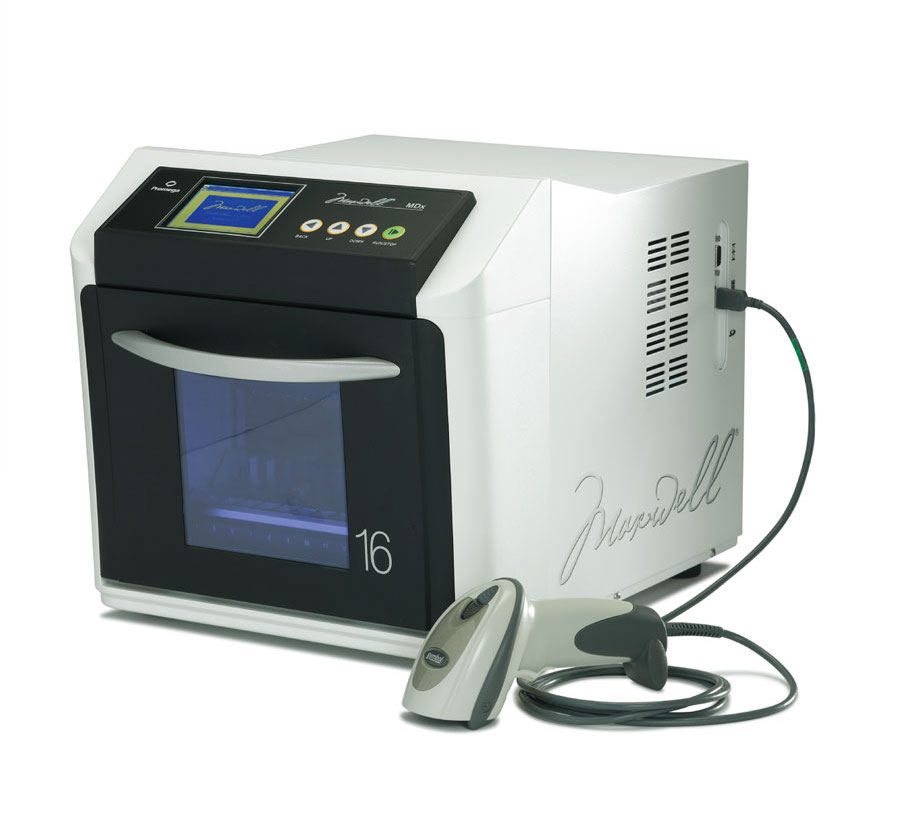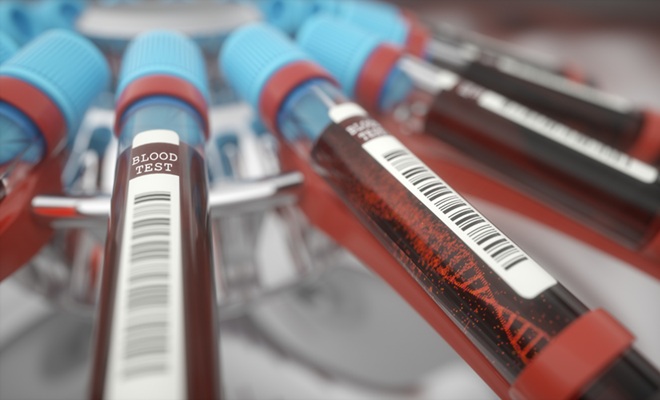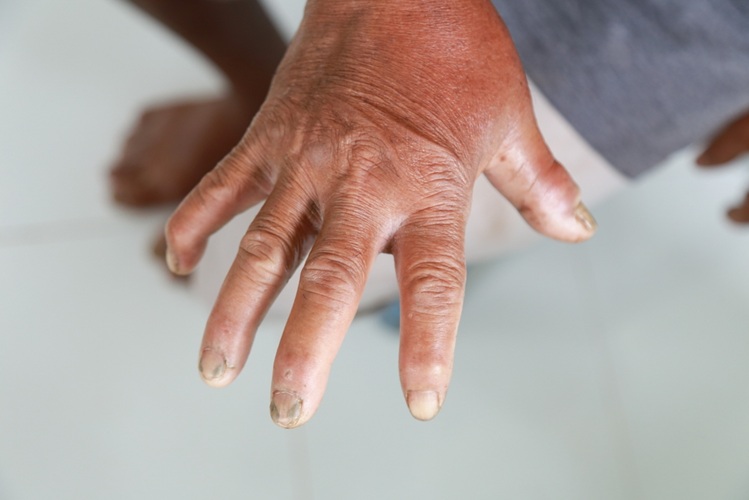Test Combination Detects Latent Leishmaniasis Infection
|
By LabMedica International staff writers Posted on 01 Sep 2022 |

After infection with Leishmania infantum cutaneous or visceral leishmaniasis can develop, but in most cases the host becomes an asymptomatic carrier of the parasite. This key population of individuals with latent leishmaniasis can undergo reactivation of the infection with severe outcome in case of immunosuppression and can contribute to disease transmission.
The public health impact of leishmaniasis is currently underestimated in Europe, despite Leishmania infection is endemic in the Mediterranean countries and outbreaks of human leishmaniasis have been reported in the last decades, including northeastern Italy. One of the causes contributing to this neglect is that the available diagnostic tests exhibit scarce sensitivity in identification of latent leishmaniasis.
Diagnostic Microbiologists at the University of Bologna (Bologna, Italy) and their colleagues enrolled a cohort of 145 adult volunteers residing in a selected Bologna province, with the aim to perform a screening for asymptomatic Leishmania infection. For each individual, 10 mL of peripheral blood were collected and divided into three test tubes; one tube with ethylenediamine tetraacetic acid (EDTA) as anticoagulant, one tube with heparin as anticoagulant, and one tube without anticoagulant. The team defined as asymptomatic Leishmania infection each case that tested positive to at least one of the screening tests: Real-Time PCR, Western Blot (WB), and/or Whole Blood stimulation Assay (WBA).
The detection of specific Leishmania IgG in serum of volunteers was assessed employing the Leishmania WESTERN BLOT IgG kit (LDBio Diagnostics, Lyon, France). WBA was assessed to study the cytokine release by leukocytes upon stimulation with Leishmania antigens. The quantification of IL-2 was performed using Cytometric Bead Array Human Soluble Protein Flex Set (Becton Dickinson, Franklin Lakes, NJ, USA) and the method was performed using that company’s BD FACSCanto. Leishmanial DNA was extracted from 200 μL of EDTA peripheral blood by a semi-automatic DNA extraction system, using the Maxwell 16 LEV Blood DNA kit on the Maxwell 16 instrument (Promega, Madison, WI, USA;) for the detection of parasitic DNA in the blood.
The investigators reported that 23/145 volunteers were positive, indicating a prevalence of 15.9%; 15/145 subjects tested positive to WB (10.3%). In detail, four subjects showed positivity to the p14 band (26.5%), seven to the p16 band (47.0%), and four to both p14 and p16 bands (26.5%). Among the 145 volunteers included in the study, six individuals carried leishmanial DNA in the peripheral blood (4.1%); the parasitaemia was low, with a median parasite load of 8.24 × 10−1 /mL of blood. The WBA was used to evaluate the specific cell-mediated response of the volunteers after blood stimulation with Leishmania-specific antigens. Of the 145 subjects, 12 tested positive (8.3%); these individuals exhibited an IL-2 value above the cut-off of positivity with a median IL-2 concentration of 213 pg/mL.
The authors concluded that combining different tests substantially increased the yield of positivity in detecting latent Leishmania infection. The test combination that they employed in this study appears to be effective to accurately identify latent leishmaniasis in an endemic area. The study was published on August 15, 2022 in the journal PLoS Neglected Tropica Diseases.
Latest Microbiology News
- Handheld Device Delivers Low-Cost TB Results in Less Than One Hour
- New AI-Based Method Improves Diagnosis of Drug-Resistant Infections
- Breakthrough Diagnostic Technology Identifies Bacterial Infections with Almost 100% Accuracy within Three Hours
- Innovative ID/AST System to Help Diagnose Infectious Diseases and Combat AMR
- Gastrointestinal Panel Delivers Rapid Detection of Five Common Bacterial Pathogens for Outpatient Use
- Rapid PCR Testing in ICU Improves Antibiotic Stewardship
- Unique Genetic Signature Predicts Drug Resistance in Bacteria
- Unique Barcoding System Tracks Pneumonia-Causing Bacteria as They Infect Blood Stream
- Rapid Sepsis Diagnostic Test Demonstrates Improved Patient Care and Cost Savings in Hospital Application
- Rapid Diagnostic System to Detect Neonatal Sepsis Within Hours
- Novel Test to Diagnose Bacterial Pneumonia Directly from Whole Blood
- Interferon-γ Release Assay Effective in Patients with COPD Complicated with Pulmonary Tuberculosis
- New Point of Care Tests to Help Reduce Overuse of Antibiotics
- 30-Minute Sepsis Test Differentiates Bacterial Infections, Viral Infections, and Noninfectious Disease
- CRISPR-TB Blood Test to Enable Early Disease Diagnosis and Public Screening
- Syndromic Panel Provides Fast Answers for Outpatient Diagnosis of Gastrointestinal Conditions
Channels
Clinical Chemistry
view channel
New Method Uses Pulsed Infrared Light to Find Cancer's 'Fingerprints' In Blood Plasma
Cancer diagnoses have traditionally relied on invasive or time-consuming procedures like tissue biopsies. Now, new research published in ACS Central Science introduces a method that utilizes pulsed infrared... Read more
Carbon Nanotubes Help Build Highly Accurate Sensors for Continuous Health Monitoring
Current sensors can measure various health indicators, such as blood glucose levels, in the body. However, there is a need to develop more accurate and sensitive sensor materials that can detect lower... Read moreMolecular Diagnostics
view channel
Gene-Based Blood Test Accurately Predicts Tumor Recurrence of Advanced Skin Cancer
Melanoma, an aggressive form of skin cancer, becomes extremely difficult to treat once it spreads to other parts of the body. For patients with metastatic melanoma tumors that cannot be surgically removed... Read more
Blood Test Could Identify Patients at Risk for Severe Scleroderma
Systemic sclerosis, also known as scleroderma, causes the hardening of the skin and connective tissues. In many cases, the disease can also damage vital organs, including the heart, kidneys, lungs, and... Read moreHematology
view channel
New Scoring System Predicts Risk of Developing Cancer from Common Blood Disorder
Clonal cytopenia of undetermined significance (CCUS) is a blood disorder commonly found in older adults, characterized by mutations in blood cells and a low blood count, but without any obvious cause or... Read more
Non-Invasive Prenatal Test for Fetal RhD Status Demonstrates 100% Accuracy
In the United States, approximately 15% of pregnant individuals are RhD-negative. However, in about 40% of these cases, the fetus is also RhD-negative, making the administration of RhoGAM unnecessary.... Read moreImmunology
view channel
Stem Cell Test Predicts Treatment Outcome for Patients with Platinum-Resistant Ovarian Cancer
Epithelial ovarian cancer frequently responds to chemotherapy initially, but eventually, the tumor develops resistance to the therapy, leading to regrowth. This resistance is partially due to the activation... Read more
Machine Learning-Enabled Blood Test Predicts Immunotherapy Response in Lymphoma Patients
Chimeric antigen receptor (CAR) T-cell therapy has emerged as one of the most promising recent developments in the treatment of blood cancers. However, over half of non-Hodgkin lymphoma (NHL) patients... Read morePathology
view channel
New Error-Corrected Method to Help Detect Cancer from Blood Samples Alone
"Liquid biopsy" technology, which relies on blood tests for early cancer detection and monitoring cancer burden in patients, has the potential to transform cancer care. However, detecting the mutational... Read more
"Metal Detector" Algorithm Hunts Down Vulnerable Tumors
Scientists have developed an algorithm capable of functioning as a "metal detector" to identify vulnerable tumors, marking a significant advancement in personalized cancer treatment. This breakthrough... Read more
Novel Technique Uses ‘Sugar’ Signatures to Identify and Classify Pancreatic Cancer Cell Subtypes
Pancreatic cancer is often asymptomatic in its early stages, making it difficult to detect until it has progressed. Consequently, only 15% of pancreatic cancers are diagnosed early enough to allow for... Read moreTechnology
view channel
Pain-On-A-Chip Microfluidic Device Determines Types of Chronic Pain from Blood Samples
Chronic pain is a widespread condition that remains difficult to manage, and existing clinical methods for its treatment rely largely on self-reporting, which can be subjective and especially problematic... Read more
Innovative, Label-Free Ratiometric Fluorosensor Enables More Sensitive Viral RNA Detection
Viruses present a major global health risk, as demonstrated by recent pandemics, making early detection and identification essential for preventing new outbreaks. While traditional detection methods are... Read moreIndustry
view channel
Cepheid and Oxford Nanopore Technologies Partner on Advancing Automated Sequencing-Based Solutions
Cepheid (Sunnyvale, CA, USA), a leading molecular diagnostics company, and Oxford Nanopore Technologies (Oxford, UK), the company behind a new generation of sequencing-based molecular analysis technologies,... Read more
Grifols and Tecan’s IBL Collaborate on Advanced Biomarker Panels
Grifols (Barcelona, Spain), one of the world’s leading producers of plasma-derived medicines and innovative diagnostic solutions, is expanding its offer in clinical diagnostics through a strategic partnership... Read more























